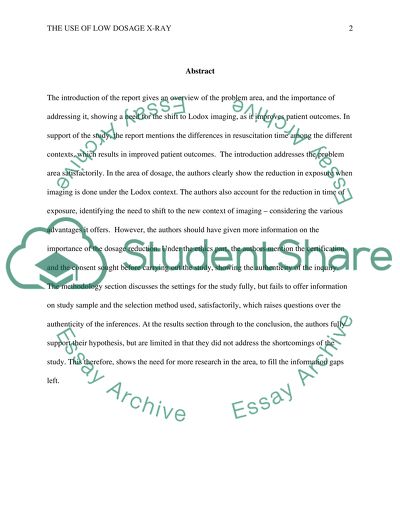Cite this document
(“The Use of Low Dosage X-Ray (Lodox/Statscan) in Major Trauma: Article”, n.d.)
The Use of Low Dosage X-Ray (Lodox/Statscan) in Major Trauma: Article. Retrieved from https://studentshare.org/health-sciences-medicine/1459784-the-use-of-low-dosage-x-ray-lodox-statscan-in
The Use of Low Dosage X-Ray (Lodox/Statscan) in Major Trauma: Article. Retrieved from https://studentshare.org/health-sciences-medicine/1459784-the-use-of-low-dosage-x-ray-lodox-statscan-in
(The Use of Low Dosage X-Ray (Lodox/Statscan) in Major Trauma: Article)
The Use of Low Dosage X-Ray (Lodox/Statscan) in Major Trauma: Article. https://studentshare.org/health-sciences-medicine/1459784-the-use-of-low-dosage-x-ray-lodox-statscan-in.
The Use of Low Dosage X-Ray (Lodox/Statscan) in Major Trauma: Article. https://studentshare.org/health-sciences-medicine/1459784-the-use-of-low-dosage-x-ray-lodox-statscan-in.
“The Use of Low Dosage X-Ray (Lodox/Statscan) in Major Trauma: Article”, n.d. https://studentshare.org/health-sciences-medicine/1459784-the-use-of-low-dosage-x-ray-lodox-statscan-in.


